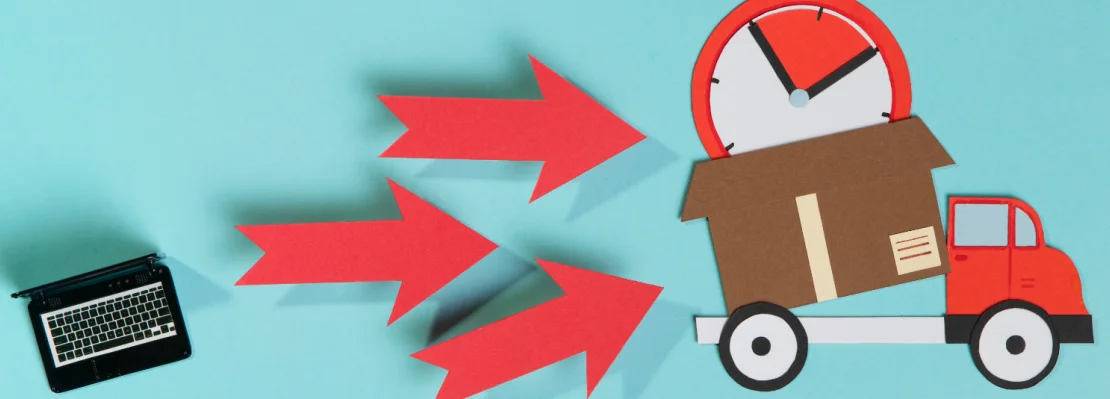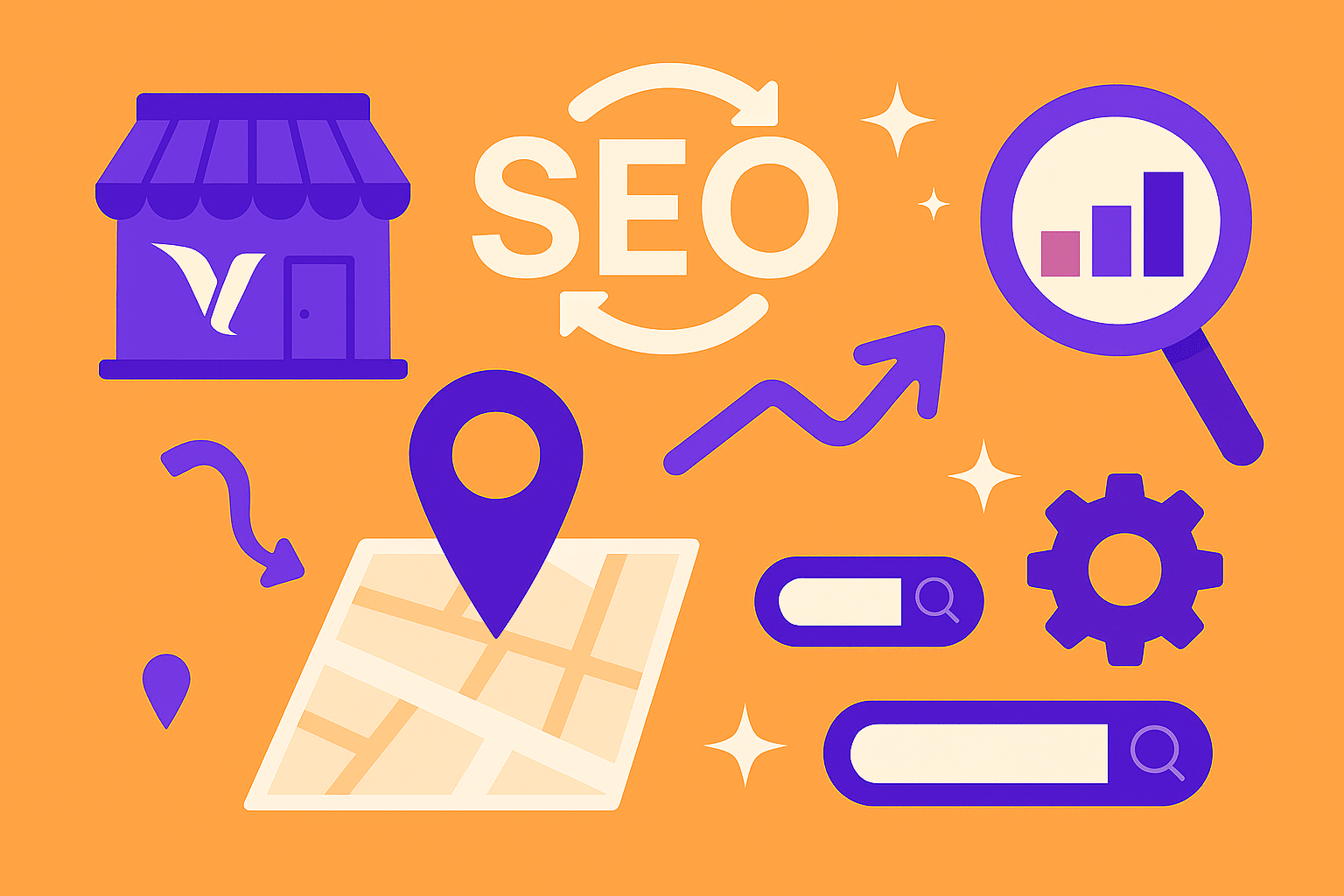The holiday season brings the usual chaos: gift lists, party planning, and inevitably, last-minute shopping runs. But consumer expectations have shifted. People don’t want to wait 2-3 days for delivery anymore, especially when they need something today. Quick commerce has emerged as the solution—delivering products in hours instead of days through hyperlocal fulfillment networks.
For e-retailers, this isn’t a nice-to-have feature. It’s becoming the standard. Shoppers who can get what they need in two hours from one store aren’t going to wait two days for yours. Let’s look at how fast eCommerce delivery is reshaping holiday shopping in 2025 and what it means for your business.
What Quick Commerce Actually Means

Quick commerce (q-commerce) pushes delivery speed to its limit. Instead of the standard 2-3 day window, it promises same-day delivery or even delivery within hours. This works through hyperlocal fulfillment—using local warehouses or micro-fulfillment centers positioned close to customers to cut down on shipping time.
Amazon has doubled down on this model, expanding their same-day delivery network significantly. Other retailers are following suit because the data is clear: during the holiday shopping season, speed matters. When someone realizes on December 23rd they forgot a gift, they’re not browsing stores with 3-day shipping.
Why Speed Wins During the Holidays

The holiday rush creates a specific type of shopper: the procrastinator with a deadline. These customers will pay premium prices for ultra-fast delivery because time is the constraint, not budget. Offering same-day delivery options captures this market segment that competitors with slower shipping can’t touch.
Quick commerce also solves operational headaches. Traditional centralized warehouses get overwhelmed during peak season, causing delays that frustrate customers and damage your reputation. Hyperlocal fulfillment hubs distribute the load by keeping popular items closer to where people actually live. Shorter distances mean faster delivery and fewer things that can go wrong in transit.
The competitive pressure is real. If your competitor offers 2-hour delivery and you’re stuck at 2-day, you’re losing sales. Fast delivery solutions have moved from luxury to expectation.
The Technology Making This Possible
You can’t run quick commerce with a spreadsheet and good intentions. It requires serious technology infrastructure to pull off ultra-fast delivery at scale.
AI-Driven Inventory Prediction:AI tools analyze buying patterns to predict which products will be in demand at specific locations. During the holidays, this means stocking fulfillment centers with the right items before customers even search for them. Good AI prevents the “we can deliver it fast but it’s out of stock” problem.

Real-Time Tracking Systems: Customers paying extra for speed want to know exactly where their order is. Real-time tracking improves the customer experience and builds trust by giving visibility into the delivery process.
Mobile Apps with Geo-Targeting: Apps like DoorDash and Instacart use location data to match orders with nearby fulfillment centers and optimize delivery routes. This hyperlocal efficiency is what makes hour-long delivery windows actually work.
These technologies aren’t optional extras. They’re the foundation that makes q-commerce viable and gives businesses a real competitive edge during the holidays.
The Challenges Nobody Talks About
Quick commerce sounds great until you try to scale it during the busiest shopping weeks of the year. Then the cracks show.
Operational Strain: Peak holiday demand can overwhelm even well-designed systems. You need enough couriers, enough inventory at each hub, and enough staff to process orders. Traffic gets worse, weather gets unpredictable, and one bottleneck can cascade into delays across your entire network.
Environmental Impact: Delivering small orders quickly means more vehicles making more trips. That increases emissions and creates more packaging waste. Customers care about this. You can optimize routes to reduce trips and use sustainable packaging, but the fundamental tension between speed and sustainability remains.
Expectation Management: Promise 2-hour delivery and you better deliver in 2 hours. Even one bad experience—a late delivery, a damaged package—can lose a customer permanently. You need transparent communication about realistic delivery windows and backup plans when things inevitably go wrong.
How to Actually Implement This
If you want to add quick commerce to your eCommerce store, here’s what works:
Partner Locally: You don’t need to build your own delivery fleet. Partner with local couriers or platforms that already have the infrastructure. This gets you into the fast delivery game without massive upfront investment.
Invest in Real-Time Systems: Get inventory management and route optimization tools that update in real-time. Static systems can’t handle the dynamic demands of ultra-fast delivery.
Market It Aggressively: Run holiday marketing campaigns specifically highlighting your fast delivery options. Target last-minute shoppers who are willing to pay more for speed.
Train Your Team: Your staff needs to handle higher order volumes while maintaining accuracy. One wrong item in a rushed order wastes all the speed advantages you’ve built.
Beyond the Holiday Rush
Quick commerce proves itself during the holidays, but smart businesses are using it year-round. Consumer expectations don’t reset in January. Once people experience 2-hour delivery, they expect it to stay available.
The technology keeps improving. Micro-fulfillment centers are getting smaller and more efficient. Drone delivery is moving from pilot programs to real deployments in some markets. These innovations will make ultra-fast delivery cheaper and more scalable over time.
There’s a loyalty factor too. Customers remember which businesses saved them during a crunch. Reliable fast delivery builds long-term customer relationships that extend well beyond the holiday season.
Conclusion
The 2025 holiday shopping season is making one thing clear: quick commerce isn’t a trend, it’s the new baseline. Customers expect speed, and businesses that can’t deliver it (literally) are losing ground to competitors who can.
The eCommerce industry has shifted. Fast delivery solutions backed by smart technology and hyperlocal fulfillment are what separate growing businesses from struggling ones. The question isn’t whether to adopt quick commerce. It’s whether you can afford not to.






